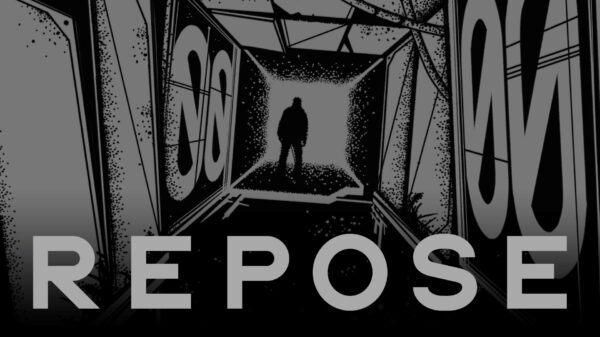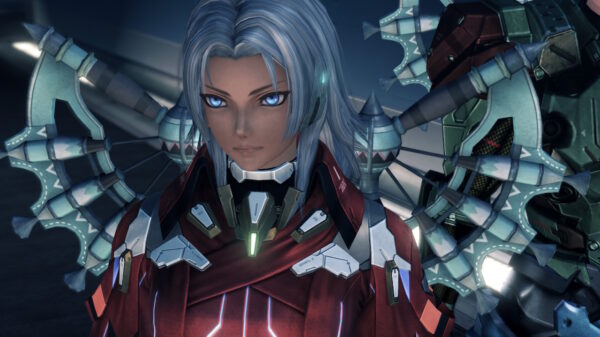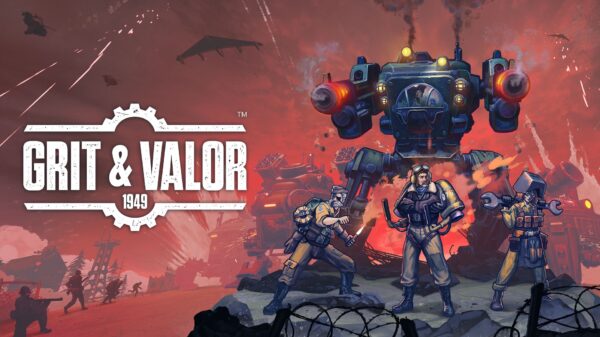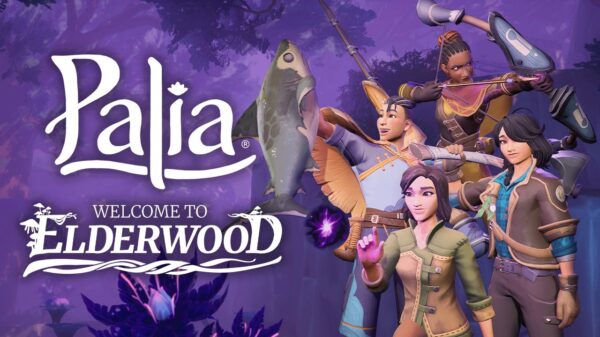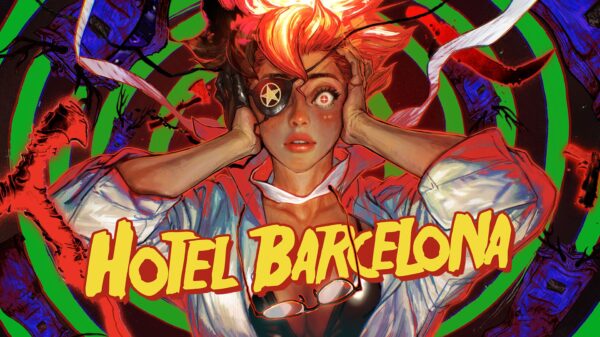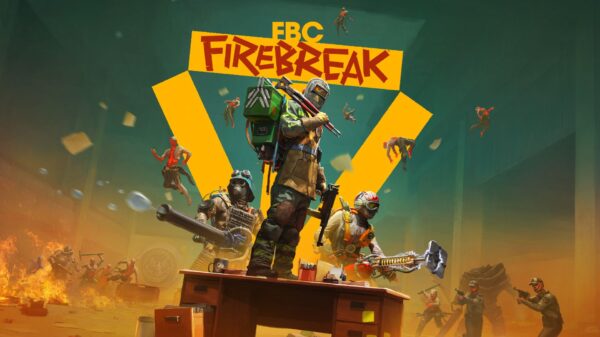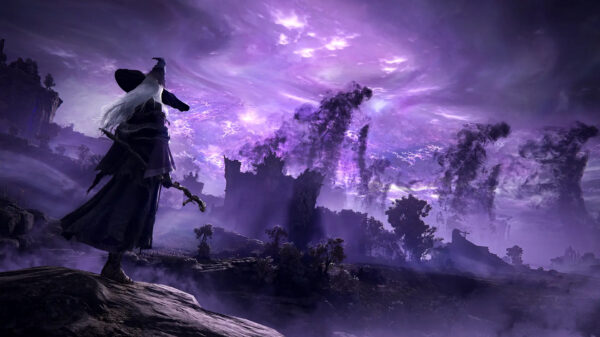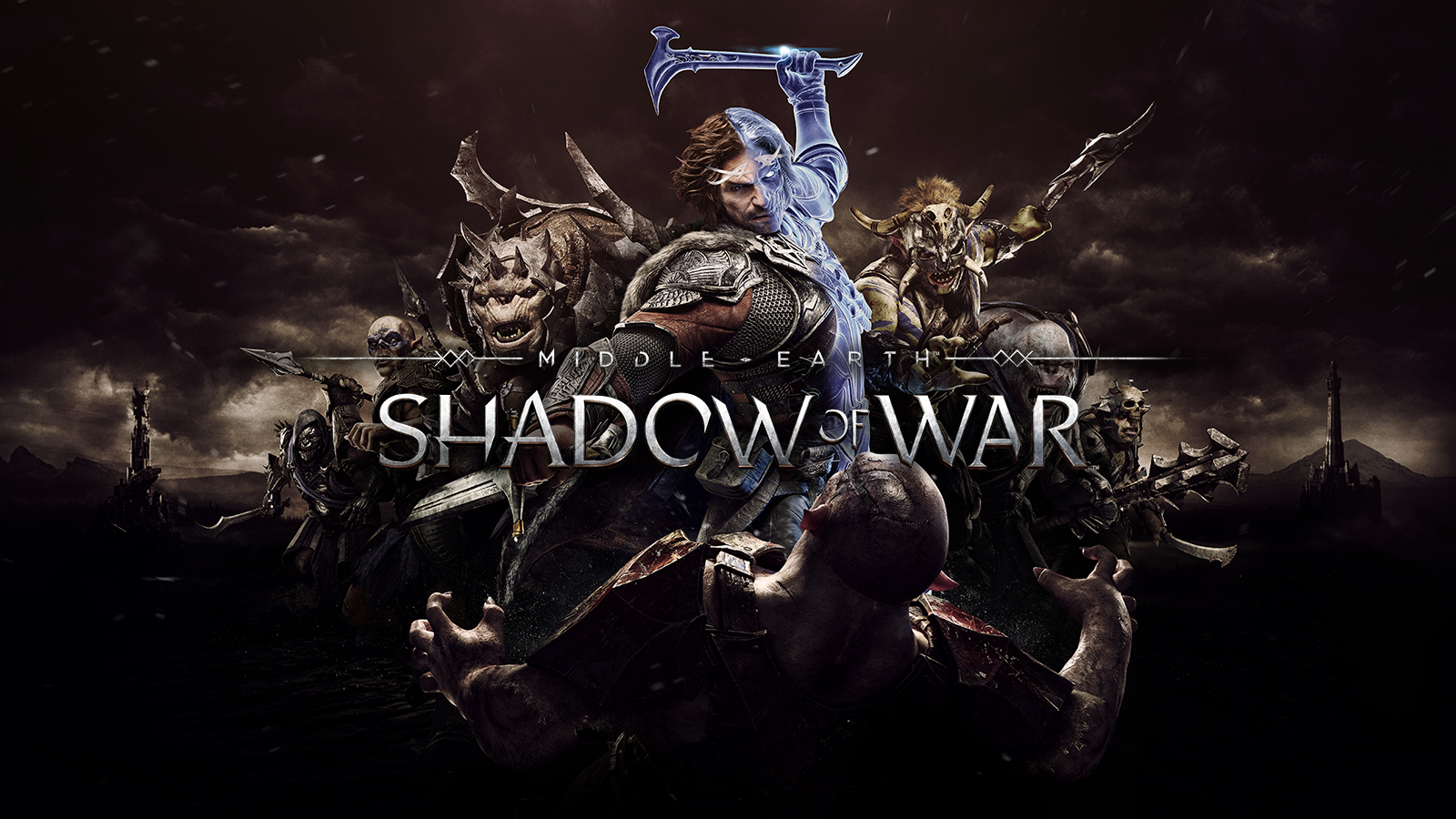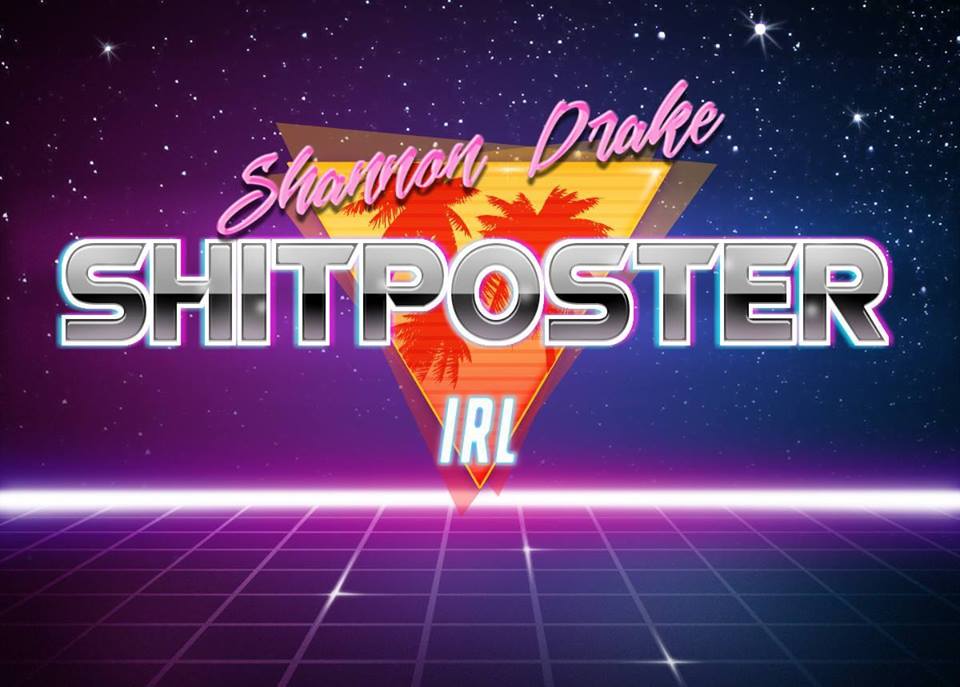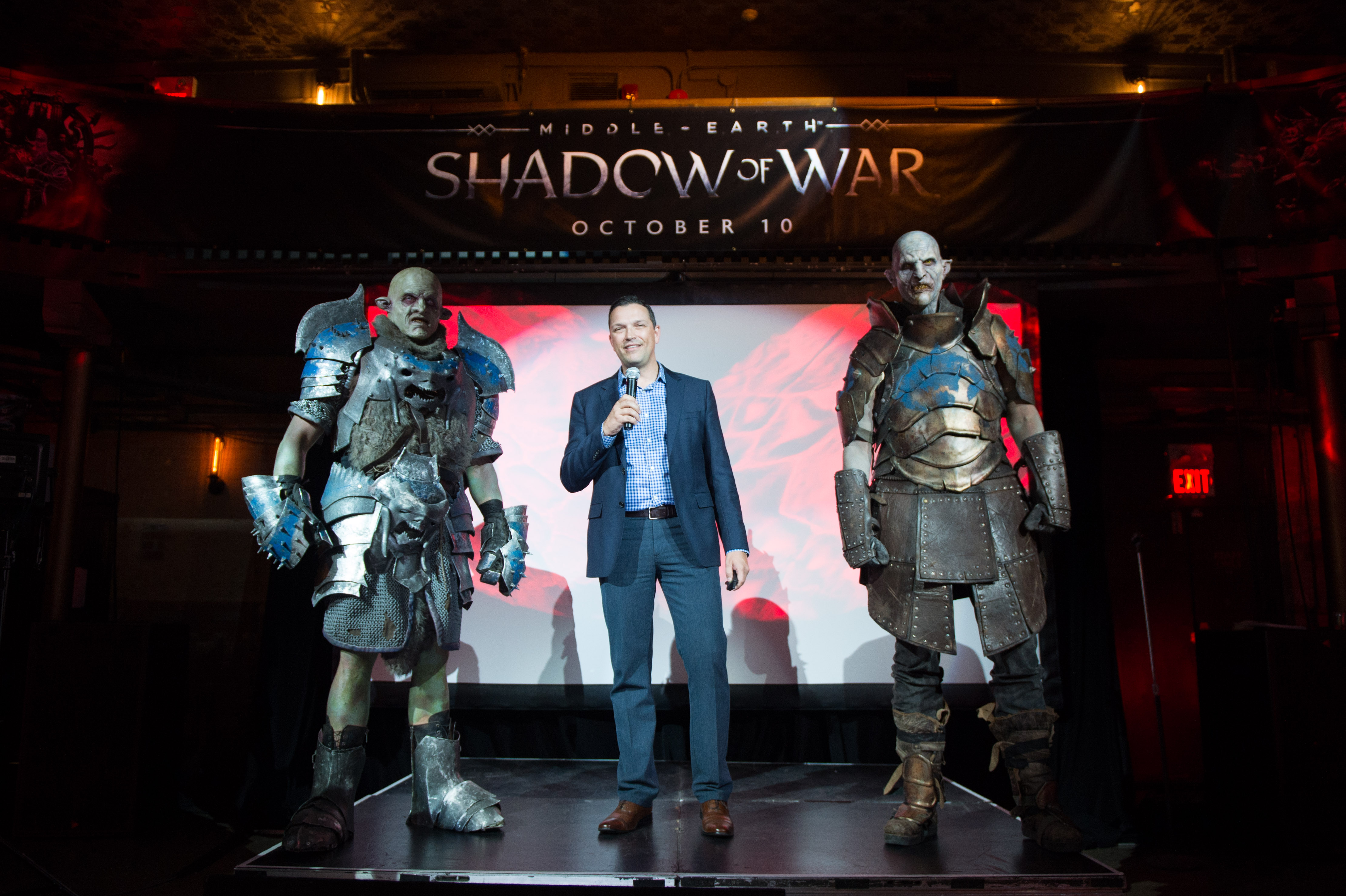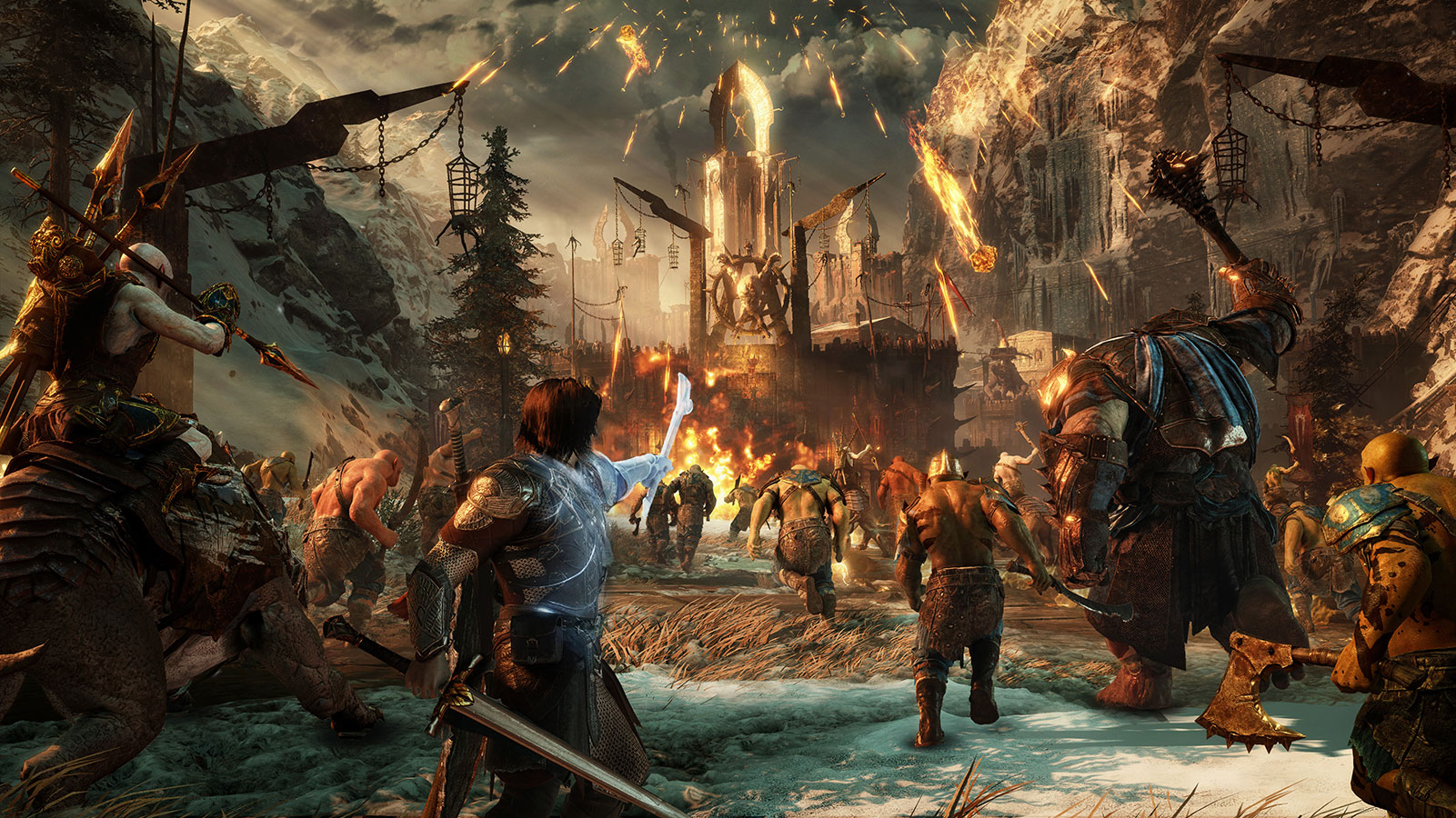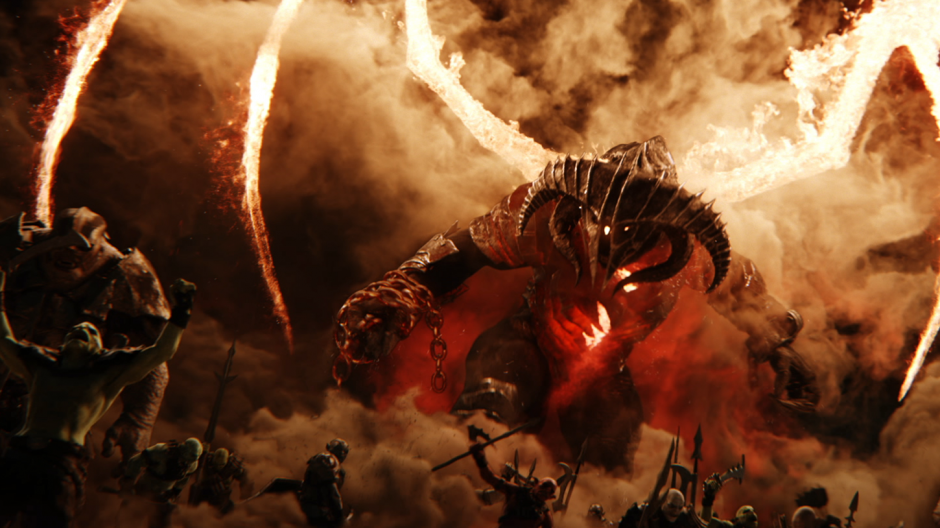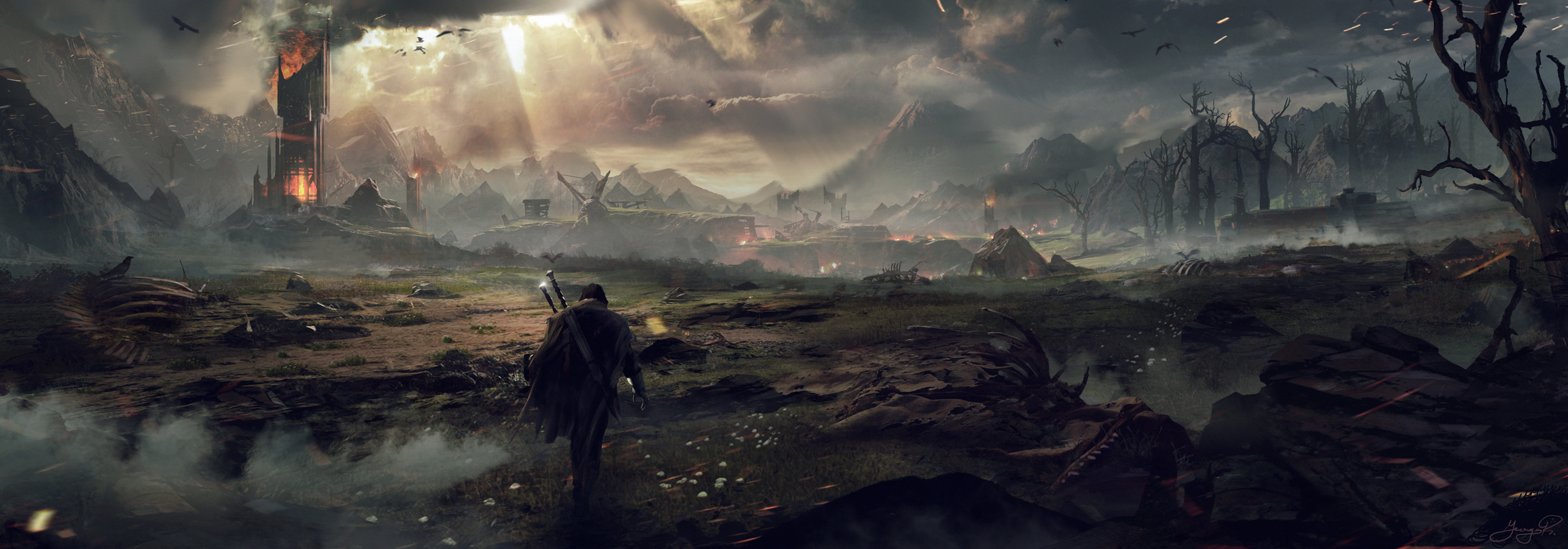Middle-Earth: Shadow of War thrives thanks to its Nemesis system and abundance of content. While the story feels half-baked at times, the follower and Nemesis systems and the consistency of the world of Mordor make Shadow of War a remarkably fun romp through Middle-Earth.

Middle-Earth: Shadow of War
Developer: Warner Brothers Interactive Entertainment
Price: $59.99
Platforms: PS4, Xbox One, PC
MonsterVine was provided with a PS4 copy for review
When I first played Shadow of Mordor, I thought it was a fun game with a somewhat underdeveloped story. The idea of playing as a human ranger bound to life alongside the ghost of an elf is as cool as it gets, but I found the story itself to be a strange tale that couldn’t decide if it wanted to be viewed as canon in the world of the novels. While I think these story issues have been somewhat carried over into Shadow of War, the exceptional world and gameplay have been bolstered, making Shadow of War even better than its predecessor.
In Shadow of War you once again play as Talion and Celebrimbor, both inhabiting one body. Following the events of Shadow of Mordor, the two (literally) kindred spirits are creating a new ring to combat Sauron with. Almost immediately, the ring is made and lost to Shelob, the giant spider from Return of the King. Except Shelob is an attractive woman who can flip back and forth between being a human and a spider. This is probably the strangest choice in the game, as Shelob is supposed to be a terrifying creature. It makes sense to humanize her so that the main characters can talk with her normally, but I’d expect a scary spider queen to look more like a ghoul and less like Evangeline Lilly. This beginning section feels a bit rushed, as the ring is made and taken instantly, while a number of characters are immediately introduced.
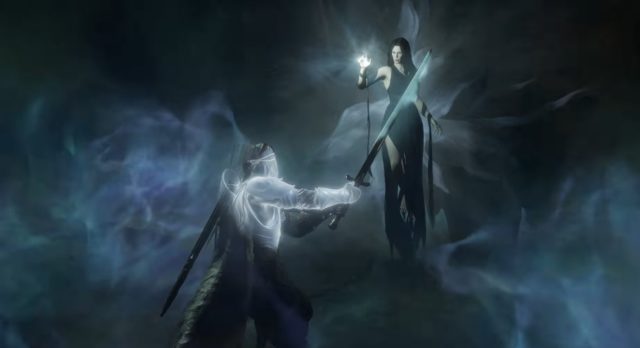
The story then shifts gears to focus more on conquering nations with the power of the ring. Baranor and Idril, soldiers from Gondor, become more prevalent characters as they help you conquer Mordor while stumbling through a somewhat forced romantic subplot. The best part of the story comes near the end, when Talion and Celebrimbor begin to fight with one another. I found the last half of the story to be more enjoyable and thrilling than the first half, as it didn’t struggle with the more awkward pacing issues that the first half has. Things progress more naturally and feel more in-tone with the world of Middle-Earth.
Shadow of War primarily has you conquer Mordor through Arkham-esque hack and slash gameplay. You wander around Mordor taking over fortresses and regions while slaying orcs and orc captains, which is the best part of the game. Orc captains all have their own personalities and unique names, making it all the more satisfying when they come back from the “dead”. See, sometimes Orcs will return after you assumedly killed them, typically sporting injuries or scars from your last battle. Encountering a hook-handed orc who wants to kill you for killing him is a thrilling experience, especially when they come back more than once. When your nemesis has a number of scars and burns, you feel a weird respect for them as your rival. I actually felt sad when one of my more frequent nemeses stayed dead, as he had earned my respect as my rival, if that makes sense.
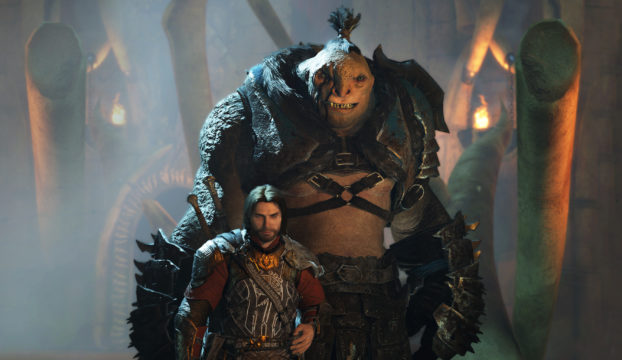
The biggest addition to Shadow of War is the ability to have a number of orc captains as your teammates. While you could use enemy orcs in a similar way in Shadow of Mordor, Shadow of War focuses more on the ally side of the nemesis system than the enemy side. You’ll befriend a lot of orcs throughout the game, some of whom may end up hating you or even betraying you at some point throughout the game. Another captain may stab one of your orc allies then come after you. If you reach your ally in time to save him, he’ll likely stay incredibly loyal to you. Should you flee or let them die, however, they could hate you if they survive. They’ll try to kill you, turning back to Sauron after your abandonment. Creating your own stories with orc allies and enemies is my favorite part of Shadow of War, as you feel like a real part of the world you’re saving. Speaking of which, the open world of Middle-Earth is incredibly vast and full of missions to do and collectibles to find. I wasn’t expecting Middle-Earth to have such a huge scale, so I was blown away at the number of areas there is to explore and conquer.
Shadow of War’s equipment system is quite similar to Injustice 2’s gear system. You’ll find plenty of gear on your adventure, as it’s dropped after missions, after killing enemy captains, and through buying or earning lootboxes (more on that below). Different equipment has different benefits that make certain playstyles easier. For example, I enjoy leading enemies to explosives and spider nests so that I could set them on fire and poison them, wearing them down to make them ripe for the kill. To fit this style, I hunted down gear that lowered fire and poison damage to keep any collateral damage to a minimum. One cloak of mine even ended up healing me when I was on fire, making the hunt for the cloak worth it. Each piece of equipment changes your appearance as well, so you’ll really feel like the Talion you control is yours and yours alone. I found the equipment system to be a rather strong addition to Shadow of War, and I hope this system is further used and refined in future action games that may come from WB.
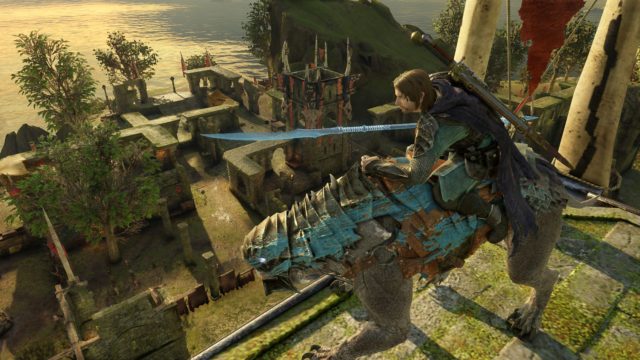
I’d like to talk about the microtransactions a bit, as the loot system has understandably caused quite a stir in the gaming community. While I find the concept of lootboxes to be fine (I don’t really buy them, you do you), I think their inclusion in a single-player game is strange, but not hugely problematic. I never felt the need to buy any throughout the story, as there was plenty of decent gear and captains to be found throughout. I do think that this represents a worrying trend in the industry where larger parts of future games could be held hostage in systems like this, but Shadow of War itself isn’t particularly offensive. I’d say to take this usage as more of an omen than a plague.
Visually, Shadow of War is regularly stunning, despite some odd bits of facial animation throughout. The expansive world of Middle-Earth is visually varied and beautiful to look at, quite a feat for a game featuring such a large open world. Character models typically look quite good, with some orcs looking especially repulsive in a fantastic way. Ghostly figures like the Nazgul and Celebrimbor look especially nice, as the empty glow they give off is pleasantly eerie. Some of the facial animations look a bit wonky at times, typically with the occasional orc captain. These strange faces aren’t too common, but they’re definitely a bit distracting when they pop up.
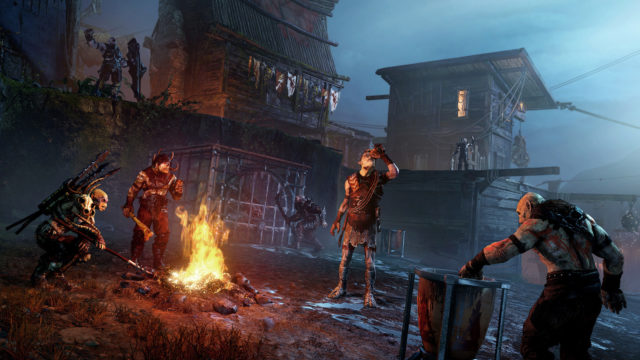
On the sound front, Shadow of Mordor is quite well-done. The voice work is exceptional, especially for Orc captains. It would be easy for these orcs to blend together if they had identical voices, but they’re given enough variation to give each captain their own personality. My favorite voice would have to be Alastair Duncan, the voice of Celebrimbor. Duncan gives Celebrimbor a refined but cutting voice that makes everything he says feel cryptic but confident, cementing him as the best character in the game. The sound effects are great as well, as every slash, stab, and ghostly punch gives off a visceral and crisp sound that makes combat feel more intense.
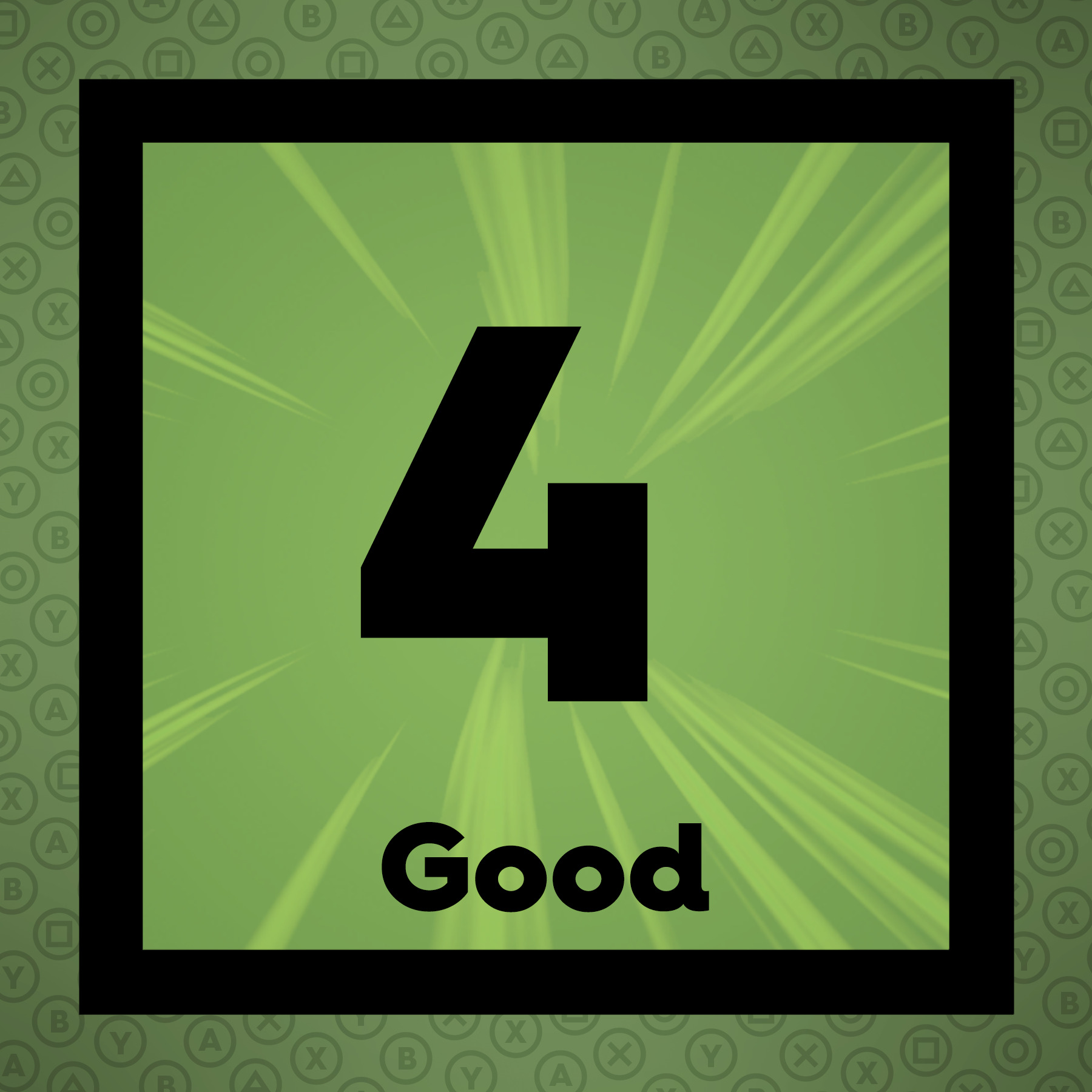 The Final Word
The Final Word
Shadow of War is a robust journey through Middle-Earth that thrives thanks to its enormous world and stellar Nemesis system. While the main story drags and some facial animations are wonky, exploring Middle-Earth while creating your own stories is an absolute joy.
– MonsterVine Review Score: 4 out of 5 – Good




